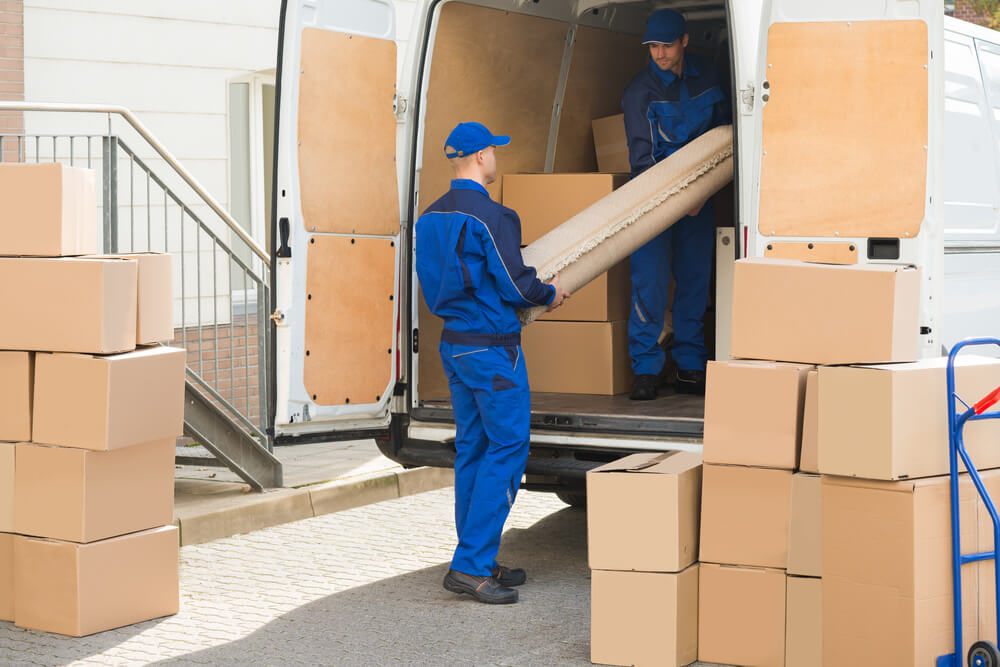
When Planning an International Relocation, you’re not just changing your address; you’re stepping into an entirely new lifestyle. Whether you’re moving for work, love, retirement, or simply the adventure, the process can feel overwhelming. From legal documents to packing boxes, there’s much to consider to ensure your transition is safe, legal, and as stress-free as possible.
Here’s what you need to know before packing your bags and jetting off to your new home abroad.
Research Your New Destination Thoroughly
Before making any firm plans, invest time in learning about your chosen country. Understand the cost of living, healthcare system, tax regulations, culture, language, and social norms. Even practical details like public transportation availability and safety levels are crucial for adjusting smoothly.
Government websites and reputable travel forums can offer firsthand insights. Knowing what daily life looks like in your new city helps avoid culture shock and ensures you’re prepared for practical realities.
Understand Visa and Immigration Requirements
One of the most critical steps in planning an international move is securing the right visa. Immigration laws vary widely between countries, with different rules for students, retirees, workers, and entrepreneurs. Some countries require proof of income, health insurance, or sponsorship from an employer or family member.
Start the visa process as early as possible, as documentation and approvals can take months. Engaging an immigration attorney or relocation specialist might save you time and hassle, especially for complex situations.
Manage Finances and Banking Logistics
Moving abroad involves significant financial adjustments. Research whether you’ll need to open a local bank account or if your current bank offers international services. Be aware of currency exchange rates, international transfer fees, and potential tax obligations in both your home and new country.
It’s also wise to notify your banks and credit card providers of your move to avoid having transactions flagged as suspicious. Budget for hidden costs like import duties on belongings, temporary accommodation, and initial living expenses until you’re settled.

Health Insurance and Medical Considerations
Healthcare systems differ around the world, so it’s crucial to understand how you’ll access medical care. Will you be covered under a national healthcare system, or must you secure private insurance? Check whether your current insurance provides coverage abroad or if you’ll need international health insurance.
It’s also smart to gather medical records, vaccination documentation, and prescriptions before leaving. Staying proactive helps protect your health and avoids unexpected costs.
Find Safe and Affordable Housing
Your first accommodation overseas might be temporary as you get to know your new city. Research safe neighborhoods, proximity to work or schools, public transportation, and local amenities. Short-term rentals or serviced apartments are often a good option for the first few months.
Consider using local real estate agents who understand the market, rental contracts, and local tenant rights. Scams targeting expats are not uncommon, so always verify listings and never wire money without a legitimate contract.
Plan Your International Move Carefully
Organizing your physical move is a huge undertaking. Decide which items are essential to ship and what’s better sold or donated. Shipping costs can be high, and some items might be restricted or heavily taxed on arrival.
Choose reputable international moving companies, ideally those certified by organizations like FIDI or IAM. Ensure you understand customs regulations and create a detailed inventory of your belongings.
To help protect yourself and your belongings during this complex process, consult safety guidelines from reputable sources like the U.S. Department of Transportation. They offer practical advice on shipping, moving safely, and avoiding scams.
Prepare Emotionally for the Transition
The logistics of relocating are only half the challenge. Moving abroad can bring feelings of excitement and loneliness. Leaving family, friends, and familiar routines behind isn’t easy. Stay connected through video calls, join expat communities, and give yourself time to adjust emotionally.





